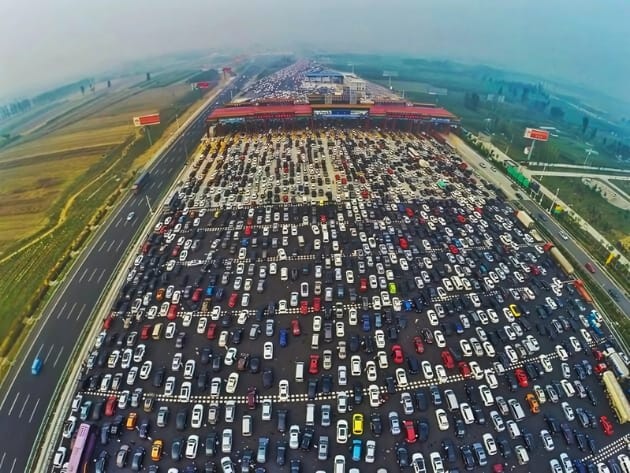In August 2010, one of the world’s worst traffic jams brought China’s National Expressway 110 to a complete halt. The gridlock stretched more than 100 kilometers and lasted an unbelievable 12 days.

The cause was a mix of road construction and a surge in coal trucks heading to Beijing. With limited lanes open, vehicles moved only a few meters each day. The highway turned into a strange roadside camp.
Locals saw an opportunity. They sold bottled water, food, and instant noodles at high prices to stranded drivers. Some drivers were stuck for up to nine days without moving far.
“We played cards, told stories, and cooked by the road,” said Li Yan, a trucker trapped in the jam.
“At some point, you stop complaining. You just try to survive. People even shared supplies. It felt like a strange community.”
As days passed, frustration turned into routine. People set up makeshift tents, walked between vehicles, and found ways to pass time.
Authorities stepped in, halting construction and rerouting traffic. The jam slowly began to clear.
What started as a routine drive turned into a surreal chapter in transport history.
“I’ve never seen anything like it,” said Zhang Wei, a local vendor. “For days, the highway became our home, our market, and our waiting room.”







